Try and think of some fruits beginning with Y off the top of your head and you may struggle to think of any. But, you may be surprised to learn that several fruits start with Y. And, no, not all of them are called “yellow something!”
Many of these fruits are incredibly yummy too! Whether you’re playing a food-themed name game or looking to eat a fruit starting with each letter of the alphabet, there should be enough to keep you occupied.
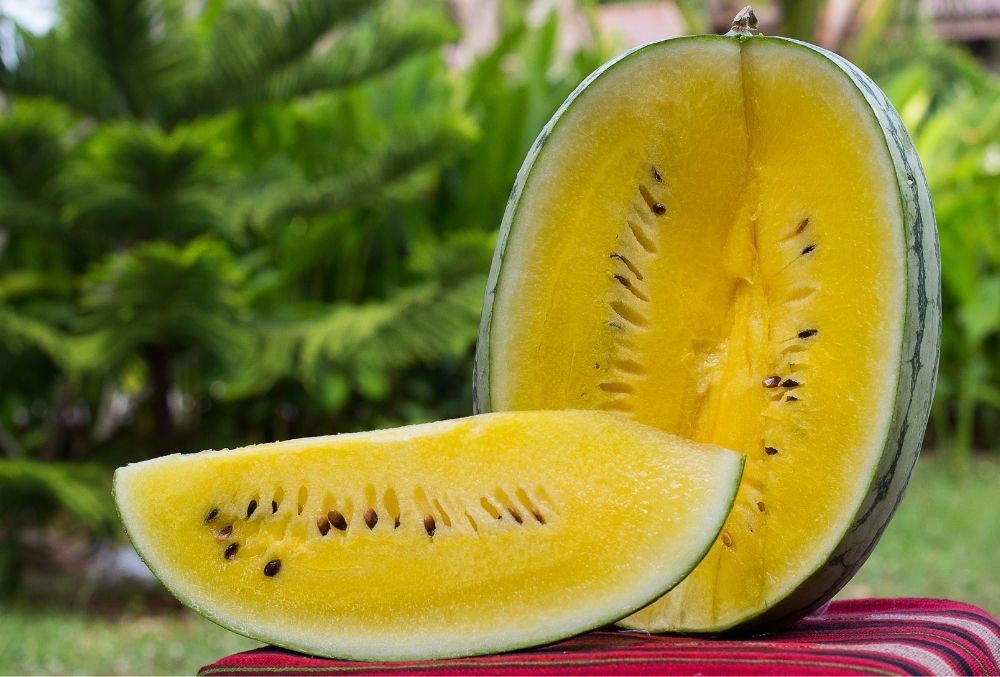
While the list is not that long, you may recognize some of the fruits from certain restaurant menus. Who knows? Maybe you have one or two in your house right now!
So, if you’re looking to up your intake of fruits but want to find something a little different, you’re in the right place. Read on as we guide you through fruits beginning with the letter Y. Not only are many of these tasty, they also offer nutritional benefits to help you live a healthier life.
1. Yali Pear Fruit

The Yali pear fruit (also known as Asian pears, nashi pears, Chinese pears, Korean pears, Japanese pears, apple pears, duck pears, and sand pears) is native to eastern regions of Asia such as Japan, China, Korea, and Taiwan.
Scientifically known as Pyrus pyrifolia, the Yali pear fruit has a low water content. The fruit is somewhat crisp with a hard, grainy-like texture. This tough exterior is why the Yali pear fruit is usually peeled and served raw rather than being used for jams or pies like many European pear varieties.
The round shape of these pears is similar to an apple but with a slightly longer stem and sloping profile. Although these pears are native to Asia, they are commercially grown in India, Australia, New Zealand, and right here in the United States as well.
2. Yellow Guava
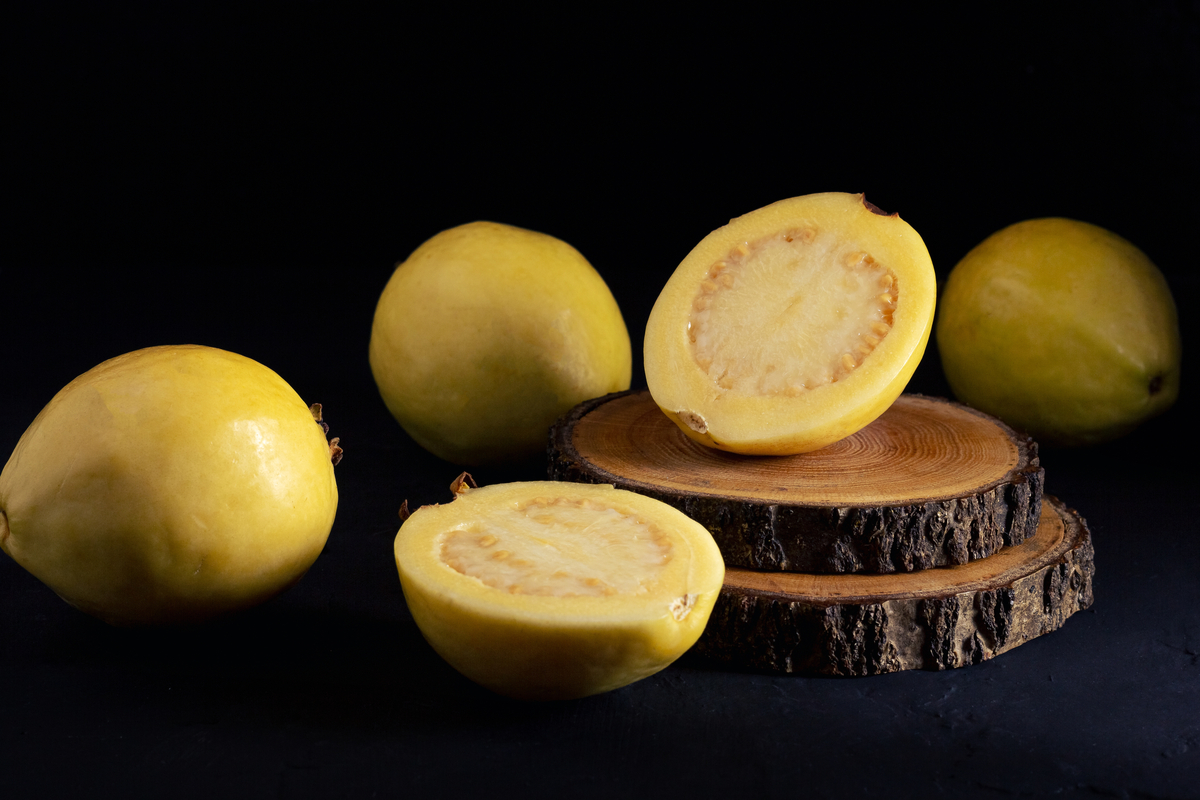
Yes, we had to include a fruit that starts with the word ‘yellow.’ And, no, it’s not cheating!
The yellow guava, native to Mexico, the Caribbean, Central America, and northern South America is a tropical fruit also known as yellow strawberry guavas.
These fruits feature a smooth yellow skin and a lighter yellow pulp. The fruit is completely edible including the seeds and is often used in Mexican and Latin American dishes and drinks such as punch.
Part of the genus Psidium and a member of the Myrtaceae family, the yellow guava doesn’t contain as much vitamin C as many other tropical fruits. However, compared to oranges, their vitamin C content is higher and guavas are very nutritious.
In terms of size, the yellow guava is one of the smallest of the guava species but they more than make up for this miniature stature with a flavorful sweet, and lemony taste.
Many people eat these fruits raw including the skin which holds the most vitamin C. However, it is most commonly used in cooking or making jellies, jams as well as juices, and smoothies.
3. Yangmei Fruit

Native to East Asia, in particular south-central China, Yangmei, also known as a wax berry and red bayberry, is a subtropical fruit tree that can grow up to 20 meters.
Known scientifically as Myrica Rubra, this fruit tree is not usually grown for its fruit. Alternatively, it is commonly used as an ornamental tree for parks, streets, and yards.
The fruits themselves are small in diameter measuring just 1.5 to 2.5 centimeters and have white-purple coloring.
They boast a sweet and extremely tart flavor and, while they can be eaten fresh, they are popular in the form of dried fruits, juices, canned, and are regularly fermented into alcoholic beverages.
4. York Imperial Apple
Next up we have a very juicy variety of apples known as the York Imperial apple. Although particularly juicy, this fruit has a pleasant combination of sweet and tart flavors.
These are unlike many other apples in terms of shape as they look like they’ve been squashed by some sort of pressure from certain angles. Instead of being almost perfectly spherical like most apples, York Imperial apples tend to be lob-sided.
You can either eat these apples raw (with or without the skin) or you can juice, bake, or cook them into apple pies and various dishes.
5. Yuzu

If you have ever seen a yuzu fruit, you could be forgiven for thinking it has grown old and long passed its best of date. However, these wrinkly fruits, with an orange-like appearance, grow in various regions throughout Asia and feature their jagged skins when ripe.
With a harsh sour and tart taste, hardly anybody eats yuzu fruits raw. Instead, this hybrid citrus fruit is mostly used in recipes in the same way lemons and limes are. As well as this, yuzu fruits are also popular garnishes for certain seafood dishes and even mixed beverages.
6. Yellow Passion Fruit

Known as Passiflora Edulis in the scientific community, the yellow passion fruit is a tropical and subtropical hybrid fruit hailing from Amazonian regions such as Argentina, Brazil, and Venezuela.
Over the years, yellow passion fruits have been commercially grown in other countries such as Australia, Columbia, New Zealand, Hawaii, and India making them one of the most widely sold fruits in the world.
With round, sometimes egg-like shapes to them, yellow passion fruits sport thick yellow skin which are often marked with lime green spots.
Depending on where you are from, you may recognize the yellow passion fruit by another name. Some of these include markisa kuning in Indonesia, Lilikoi in Hawaii, parcha in Venezuela, and Maracuya or grenadilla in Spain.
RELATED: Passion For Fashion: The Ultimate Guide To Passion Flowers
7. Yunnan Hackberry Fruit

Yunnan hackberry fruits are unlikely to catch your eye as you walk past. These small fruits have a similar appearance to cherries or grapes with some coming in red or purple colors.
Even the largest hackberries do not grow more than three inches in diameter so you may have walked past a tree of them without even knowing they were there.
Each hackberry fruit has a crunchy shell layer and is dry with a single, edible seed contained inside. So, if you’re looking for a juicy berry, Yunnan hackberry fruits will disappoint you. Their texture is more like nuts but with a delicate sweet coating.
Due to their harder layer, hackberries are rarely eaten raw. Instead, they can be prepared in a food processor and made into Yunnan hackberry paste which is surprisingly tasty and highly nutritious.
8. Yucca Fruits
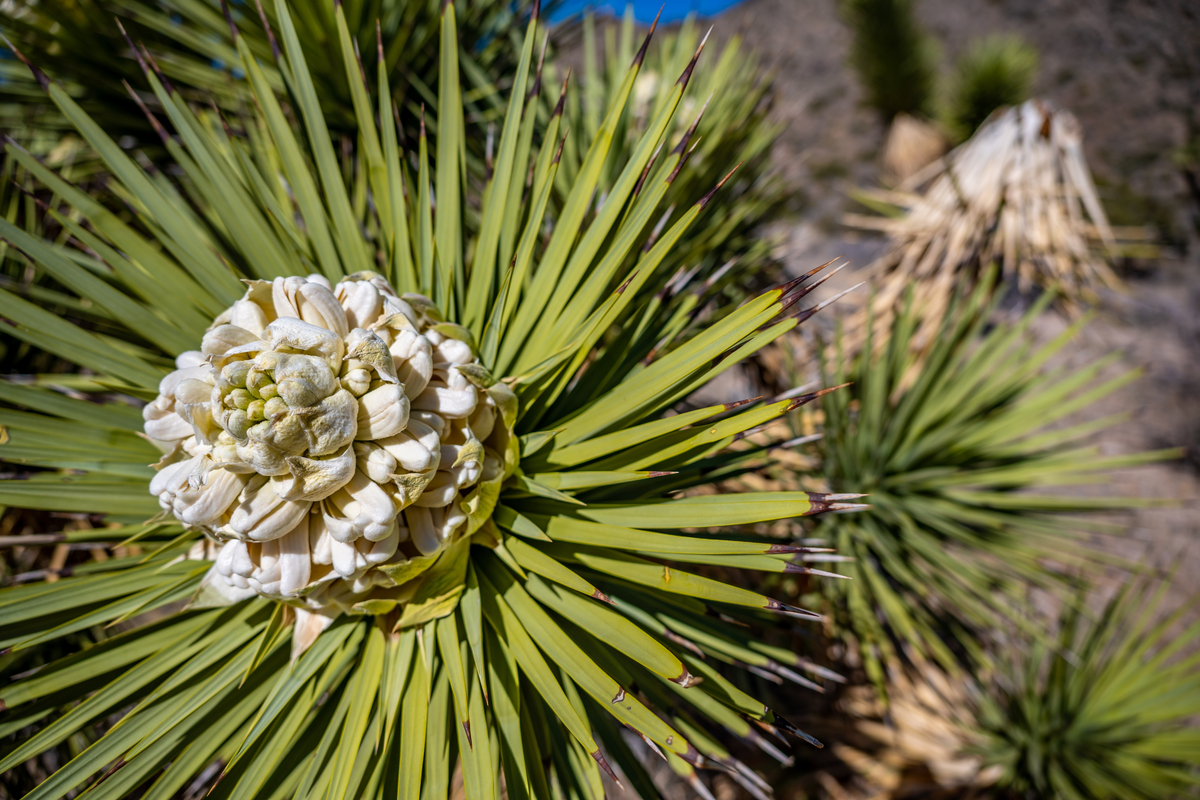
Despite the name, the yucca fruit is not necessarily “yucky” when eaten. Okay, it may not be the fruit of choice to eat when you need one of your 5 fruits and veg a day but, as it grows in drought areas, it may be your savior in desert conditions.
The yucca fruit is best enjoyed when grilled or roasted. With proper preparation, this fruit tastes somewhat like bell pepper. Season with red pepper, salt, or garlic, and you’re onto a tasty winner! This is why many confuse its taste with a vegetable but believe us, it is categorized as a fruit.
9. Yemenite Citron
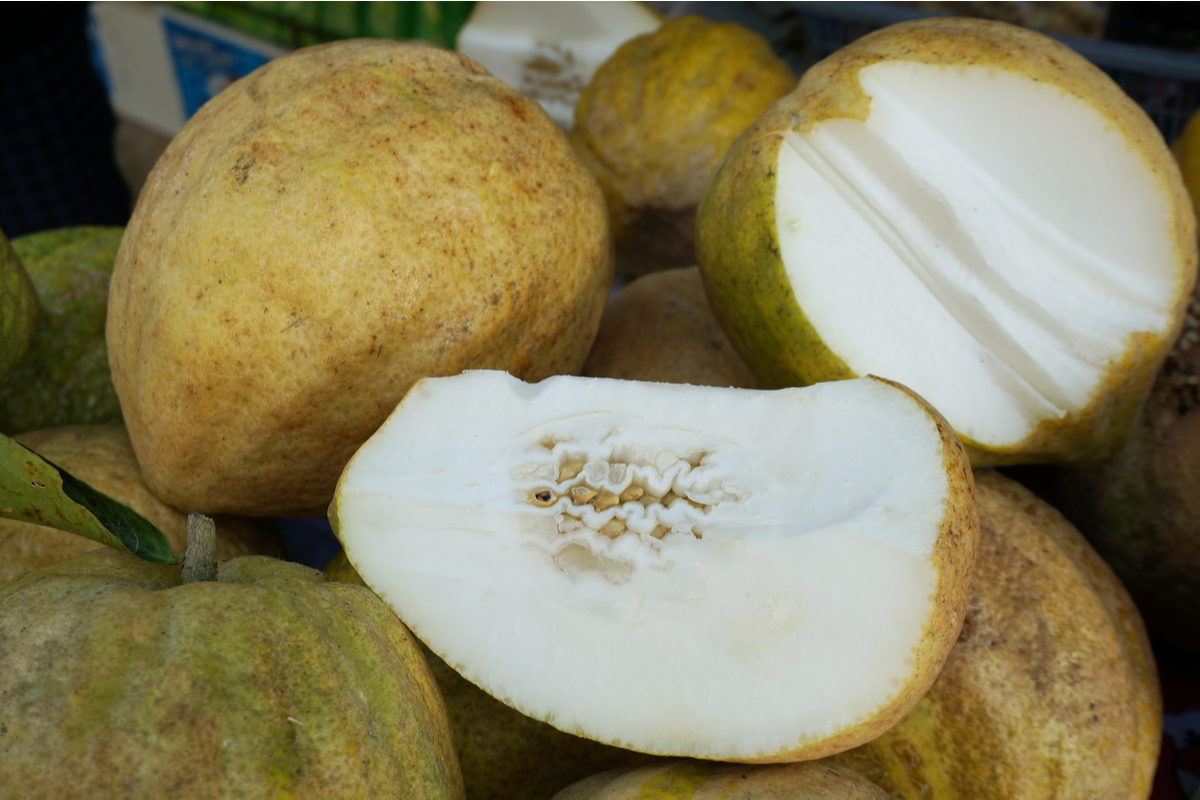
Known as the etrog citrus and often referred to as the ‘original citrus fruit,’ the Yemenite citron is an ancient fruit. Some scriptures from biblical times mention this lemon-shaped fruit.
Due to its age and biblical connotations, the Yemenite citron is often used in Jewish celebrations.
While they are shaped a little like lemons, these fruits are a lot larger. And many sports bumpy rinds as well. This rind is typically extremely thick and, like many other citrus fruits, is inedible.
The pulp inside the Yemenite citron is edible but it is overly bitter and sour. It means it is best used in different recipes.
10. Yellow Watermelon
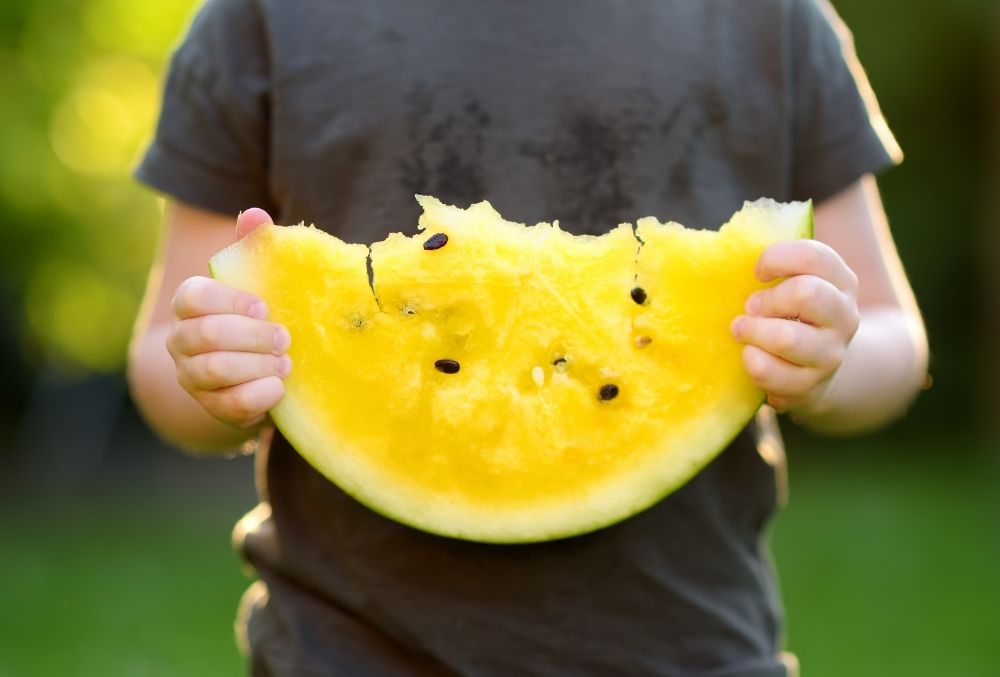
When you first see a yellow watermelon, you will just think it’s a regular watermelon. However, it is not until you delve inside the fruit that you see the difference.
Although these watermelons have the usual basic shape and size of a regular watermelon. And have the usual different-hued green rinds, their fleshy center is yellow rather than red.
When you first open a yellow watermelon up, you will be taken aback by how bright its yellow interior is. When you bite into one of these fruits, you will also find that they taste very similar to a red watermelon but are generally slightly sweeter.
As a matter of fact, many liken yellow watermelons to apricots or a standard watermelon dipped in a little honey. All we can say is, you must try this fruit. You will not be disappointed!
11. Ya Pear
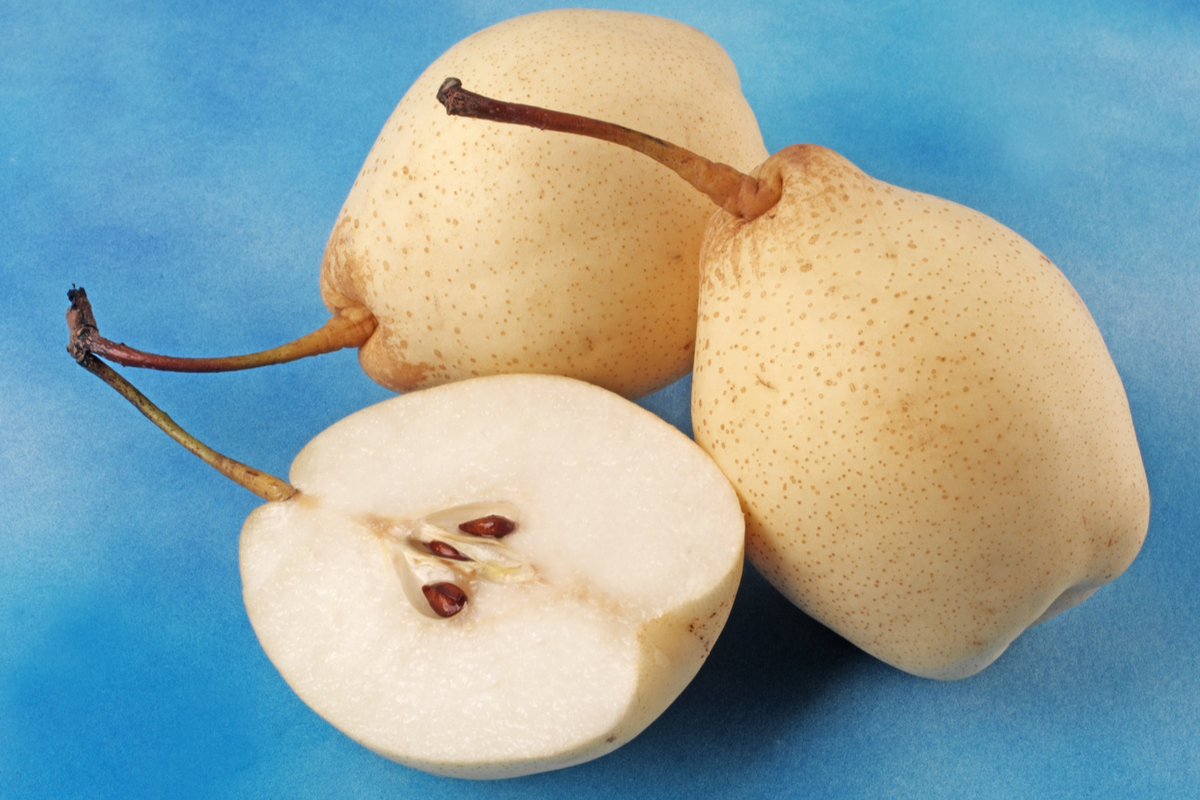
Ya pears, also known as Chinese white pears, are native to northern China where they grow in abundance.
This fruit resembles a comice pear in terms of shape and size (plump and rounded). However, unlike the green hue with a red blush of the comice pear. The ya pear is almost completely white all over.
Once you bite into this snow-like fruits you will taste a sweet and juicy flavor and a pleasingly crunchy texture. The taste of it is certainly quite unique with a slightly tropical, floral flavor that can enjoy fresh.
Final Thoughts
So, there is our list of 11 fruits starting with the letter Y. Some may be harder to come by than others. But if you get the chance to try any of the edible varieties, we wholly recommend it.
Not only will you experience new flavors but you will also be giving your body extra nutrition and nourishment to maintain a good level of health.
Editor’s Recommendations
17 Different Types Of Persimmon Fruits (Including Photos)







